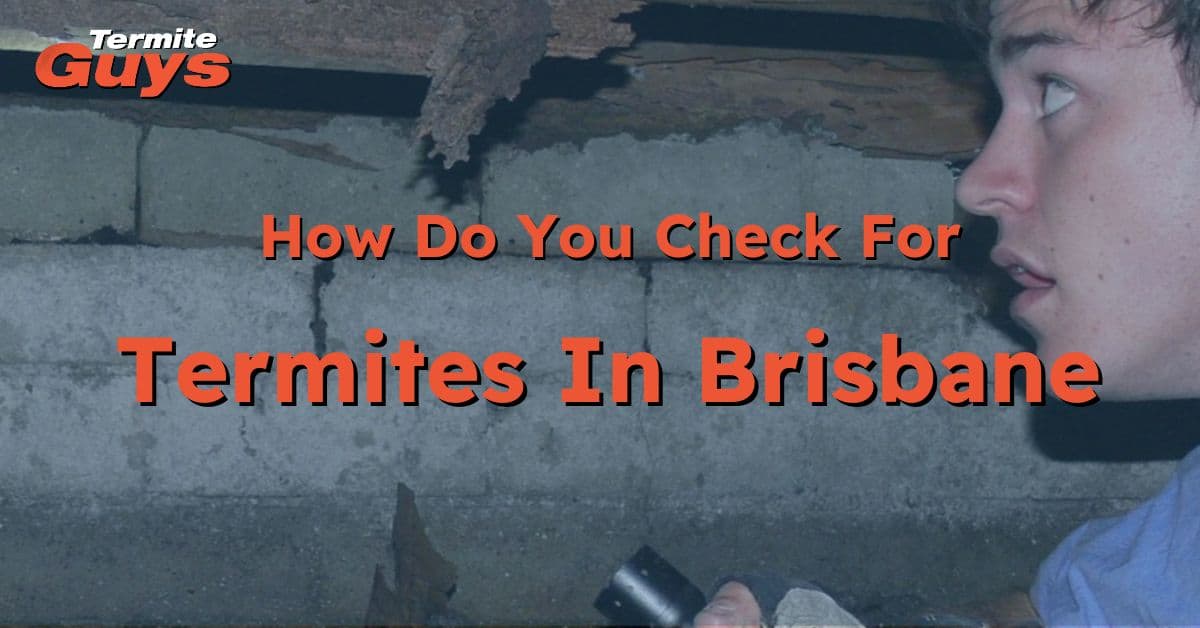Options, Challenges, and Environmental Considerations
Termites are a persistent problem for homeowners in Brisbane, particularly given the region’s warm and humid climate, which provides an ideal breeding ground for these pests. Effective management often requires the use of chemical pesticides, but understanding the benefits, weaknesses, and environmental impacts of these solutions is critical for making informed decisions. This article explores the types of pesticides available for termite control, their efficacy, weaknesses, and the potential environmental hazards associated with their use.
Overview of Common Termite Species in Brisbane
In Brisbane, there are several termite species that homeowners and pest control professionals need to be aware of:
- Coptotermes acinaciformis: The most aggressive and widespread species, known for its ability to cause extensive structural damage in a short time.
- Schedorhinotermes spp.: Often found in areas with high moisture, this species typically infests decaying wood and damp structural timbers.
- Nasutitermes spp.: Primarily a tree-dwelling species, but they can still pose a threat to wooden structures and outbuildings.
These species can each present unique challenges when it comes to treatment, making it crucial to choose the appropriate pesticide for each case.
Types of Pesticides Effective Against Termites
There are several pesticide options used in termite control, each with its unique characteristics and applications. The primary categories include:
Liquid Termiticides (Soil Barriers):
- Termidor (Fipronil): A popular non-repellent termiticide. It creates an invisible barrier around the structure, and termites that come into contact with it transfer the chemical back to their colony, leading to colony elimination.
- Bifenthrin and Imidacloprid: Repellent chemicals that prevent termites from entering treated areas. They do not kill the termites directly, but deter them from approaching.
Baiting Systems:
- Trelona and Sentricon (Hexaflumuron): These systems involve placing bait stations around the property. Termites consume the bait and spread it throughout the colony, eventually leading to its collapse.
- Weakness: Baiting systems can be slower to take effect (typically 6-8 weeks), making them less ideal for addressing active infestations quickly.
Foams and Dusts:
- Termidor Dry (Fipronil Dust): Applied directly to termite nests within walls and cavities, this product is effective for localized treatments and hard-to-reach areas.
- Termidor Foam: Expands to cover large areas and is often used to treat wall voids or other enclosed spaces.
Weaknesses of Termites and Targeting Strategies
Effective termite management hinges on exploiting their weaknesses:
- Dependence on Moisture: Termites thrive in moist environments. Reducing moisture levels around the property through proper drainage, repairing leaks, and using moisture barriers can make your home less attractive to them.
- Soil-Based Movement: Most termites, particularly subterranean species, rely on soil as a medium for their tunnels. Liquid termiticides or chemical barriers in soil can interrupt their pathways and restrict movement.
Chemical Substances Used in Termite Control
Understanding the active ingredients in pesticides helps assess their modes of action and safety profile:
- Fipronil: A broad-spectrum insecticide that disrupts the termite’s central nervous system, causing paralysis and death. It has a relatively low toxicity to humans and animals when applied correctly, but caution is needed to prevent soil and groundwater contamination.
- Hexaflumuron: An insect growth regulator (IGR) that interferes with termite development, preventing them from molting. It has minimal impact on non-target species, but it is slower to act compared to other chemicals.
- Bifenthrin: A repellent termiticide that affects the insect’s nervous system. Its repellent properties can sometimes cause termites to find untreated gaps, making it less effective over time.
Environmental Hazards Posed by Pesticide Use
The use of pesticides for termite control, while effective, does not come without environmental risks:
- Impact on Non-Target Species: Some chemicals, like bifenthrin, can be highly toxic to beneficial insects, birds, and aquatic life. Careful application is required to avoid harm to these non-target species.
- Soil and Water Contamination: Chemicals like fipronil can leach into the soil and contaminate groundwater if not applied correctly. This poses a risk not only to local ecosystems but also to human health.
- Bioaccumulation: Certain chemicals can accumulate in the food chain, leading to long-term environmental issues. For example, bifenthrin is known to persist in soil, making it crucial to use it sparingly and in targeted areas.
Integrated Pest Management: A Sustainable Approach
To mitigate these environmental hazards while still maintaining effective termite control, adopting an Integrated Pest Management (IPM) strategy is essential. IPM combines multiple control methods, including:
- Chemical Barriers with Physical Barriers: Using physical barriers, such as stainless-steel mesh or sand barriers, alongside chemical treatments can reduce reliance on pesticides.
- Regular Monitoring and Inspections: Routine inspections help catch termite activity early, allowing for localized treatments rather than widespread pesticide application.
- Moisture Management: Implementing moisture control measures can reduce the need for chemical intervention by making the environment less conducive to termite activity.
Summary!
Termite management in Brisbane requires a nuanced understanding of both the pests and the chemical substances used to control them. While pesticides like fipronil and hexaflumuron are highly effective, their use must be carefully managed to minimize environmental impact. By incorporating IPM principles, homeowners and pest control professionals can achieve long-term termite control while safeguarding the surrounding environment.
For more information on managing termites or to schedule a professional consultation, contact the Termite Guys Brisbane—experts in environmentally conscious termite solutions.


